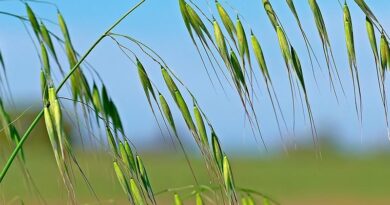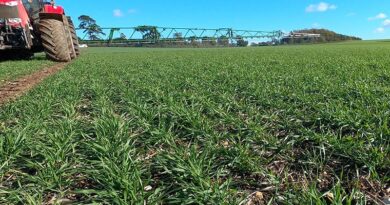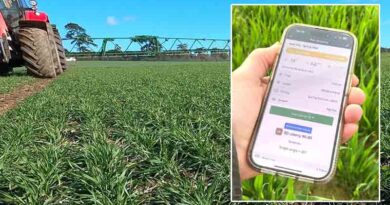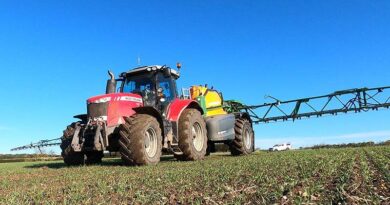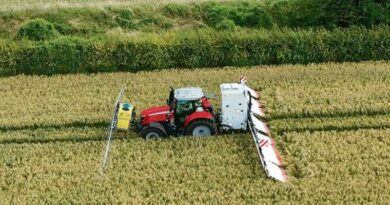Wild oat treatment on target
06 March 2021, UK: Nozzle choice and sprayer set up holds the key to better targeting spring wild oat and grass weed control in growing crops this season.
Application timing of spring grass weed herbicides poses a particular challenge for sprayer operators, warns Syngenta application specialist, Harry Fordham.

When crops are still small, at less than GS30, and early emerged grass weeds are exposed, he advocated the Syngenta 3-D nozzle would be the best option to target Axial Pro treatments, providing application conditions are good.
“As crops get larger, through stem elongation stages, and the grass weeds are more shaded under the canopy, however, the angled Amistar nozzle would be a better option to get more droplets down to reach the target.”
“The Amistar nozzle would also be a better option if applications conditions are compromised at the earlier timing too, to reduce the risk of drift,” he advised.
Find out more about the importance of early wild oat control
Mr Fordham warned that when seeking to hit weeds under the crop canopy, the natural inclination for operators is to increase operating pressure to push sprays down to small weeds at the base of a crop.
However, increasing sprayer pressure actually produces a greater proportion of smaller droplets, which are more easily intercepted and retained in the crop canopy, as well as greater sensitivity to drift, particularly with a flat fan or 3-D nozzle.
“Through nozzle selection and sprayer operation, it’s bigger droplets at lower pressure that have the momentum to reach the target.”
Syngenta application research has shown an operating pressure of 1.5 to 2.5 bar can be the optimum for both the Syngenta 3-D and Amistar nozzles used for Axial Pro application to target wild oats.
He also highlighted that the formulation of Axial Pro ensures good uptake and translocation of active with in actively growing weed, to further increase performance on weeds under leaf shade.

Furthermore, in trials the new Syngenta 3D Ninety drift reduction nozzle, applying 200 l/ha, had also given good results – which could help with spring grass weed application opportunities in the future, he suggested.
Early moves
Growers and agronomists face the dilemma of early application to remove competition from emerged wild oats, or holding off to allow more weeds to germinate.
See the importance of wild oat ID to better target long term control
Syngenta grassweeds technical manager, Georgina Wood, urges Axial Pro treatment as soon as conditions allow and once weeds are actively growing. “That offers the chance to control wild oats more cost effectively at lower rates, whilst there is still the flexibility to tailor application rates up to 0.82 l/ha for larger or over wintered weeds and difficult situations.
“The variability of crops and situations this season means decisions for appropriate Axial Pro rates and application techniques will need to be made on a field-by-field basis,” she advised.
Miss Wood urges identification of wild oat field populations can help to calculate potential spring treatment timing challenges.

A higher proportion of Avena fatua, predominantly germinating in spring, for example, could result a greater number of small seedlings more liable to shading by the crop, compared to more typically larger weeds from autumn germinated overwintered Avena sterilis.




